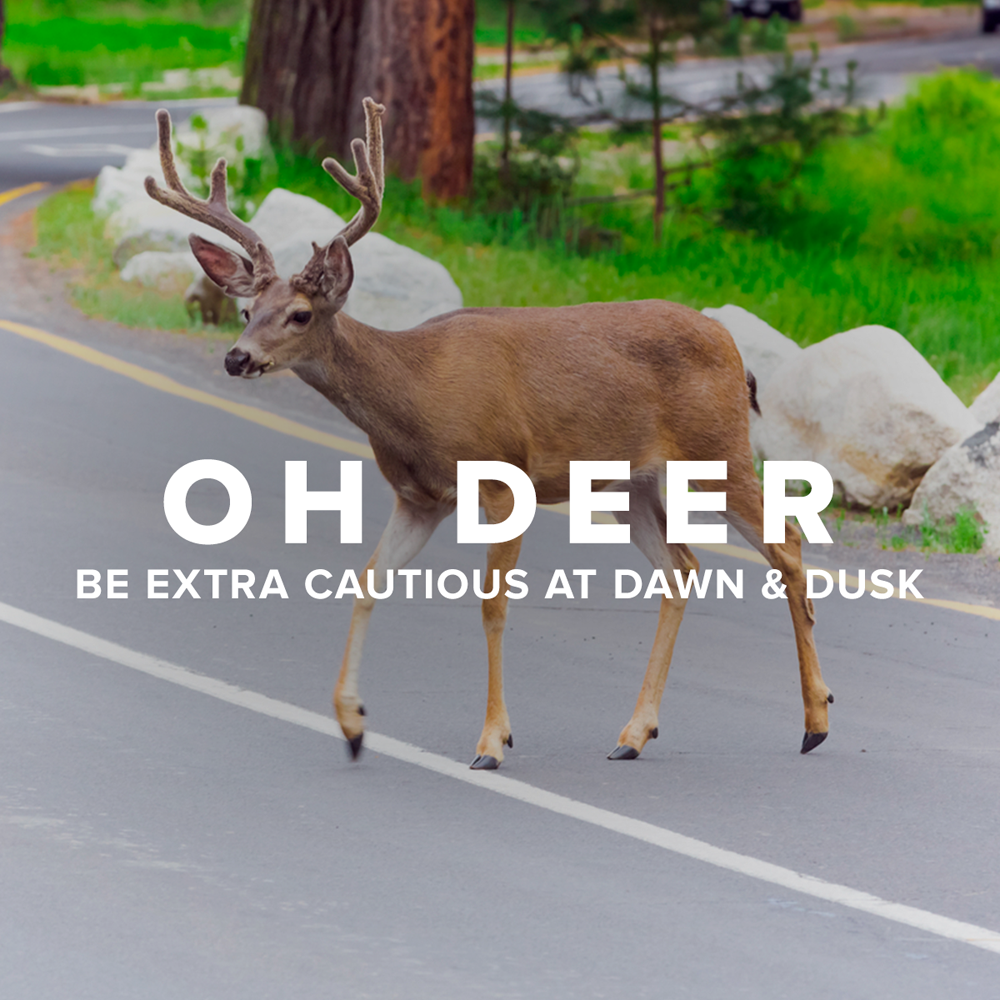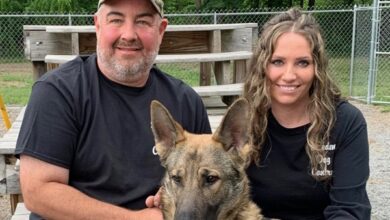Deer crashes peak in autumn

The New York State Department of Motor Vehicles (DMV) and Department of Environmental Conservation (DEC) are reminding drivers that deer and moose become more active and are more likely to enter public roadways in the fall. During the months of October, November, and December, it is breeding season for deer and the animals are more visible. According to the University at Albany’s Institute for Traffic Safety Management and Research, 41 percent of the crashes in 2021 between deer and vehicles occurred during this three-month span. Motorists should also be on alert for moose on roadways in the Adirondacks and surrounding areas this time of year.
“New York’s roadways are as beautiful as ever during the fall months, but it’s also when deer and moose are more active so motorists must drive with extra caution to help avoid a collision,” said Mark J.F. Schroeder, DMV Commissioner and Chair of the Governor’s Traffic Safety Committee. “Watch for deer-crossing signs along roadways, as they indicate deer have been seen at that location and have collided with cars there. Those signs are meant to warn you to be extra cautious when driving through such locations.”
Motorists should be aware animals are especially active at dawn and dusk when visibility may be reduced and commuter traffic may be heavy. DEC recommends motorists take these precautions to reduce the chance of hitting a deer or moose:
•Decrease speed when you approach deer near roadsides. Deer can “bolt” or change direction at the last minute;
•If you see a deer go across the road, decrease speed and be careful. Deer often travel in groups, so expect other deer to follow;
•Use emergency lights or a headlight signal to warn other drivers when deer are seen on or near the road;
•Use caution on roadways marked with deer crossing signs; and
•Use extreme caution when driving at dawn or dusk, when animal movement is at its highest and visibility is reduced.
If encountering an animal on the roadway, brake firmly but do not swerve. Swerving can cause a collision with another vehicle, a tree, a pole, or other objects. If an animal is hit, DEC advises motorists to stay away from the animal. A frightened, wounded deer or moose could use its powerful legs and sharp hooves to cause harm.
Other tips if you strike or encounter an animal include:
•Move your vehicle to a safe place. If possible, pull over to the side of the road, and turn on hazard lights. If leaving the vehicle, stay off the road and out of the way of any oncoming vehicles. If a collision occurs at dusk or dawn, please remember traffic visibility could be reduced.
•Call the police. Alert authorities if the animal is blocking traffic and creating a threat for other drivers. If the collision results in injury, death, or more than $1,000 in property damage, you must fill out an official crash report and send it to DMV.
•Don’t assume your vehicle is safe to drive. Look for leaking fluid, loose parts, tire damage, broken lights, a hood that won’t latch and other safety hazards. If your vehicle seems unsafe in any way, call for a tow truck.
More information about moose and deer can be found on DEC’s website, https://www.dec.ny.gov. Additionally, precautions and safety tips about special driving conditions, such as driving in rain, in winter, or in driving emergencies, can be found on DMV’s website, https://dmv.ny.gov/older-driver/driving-tips.
Provided information



